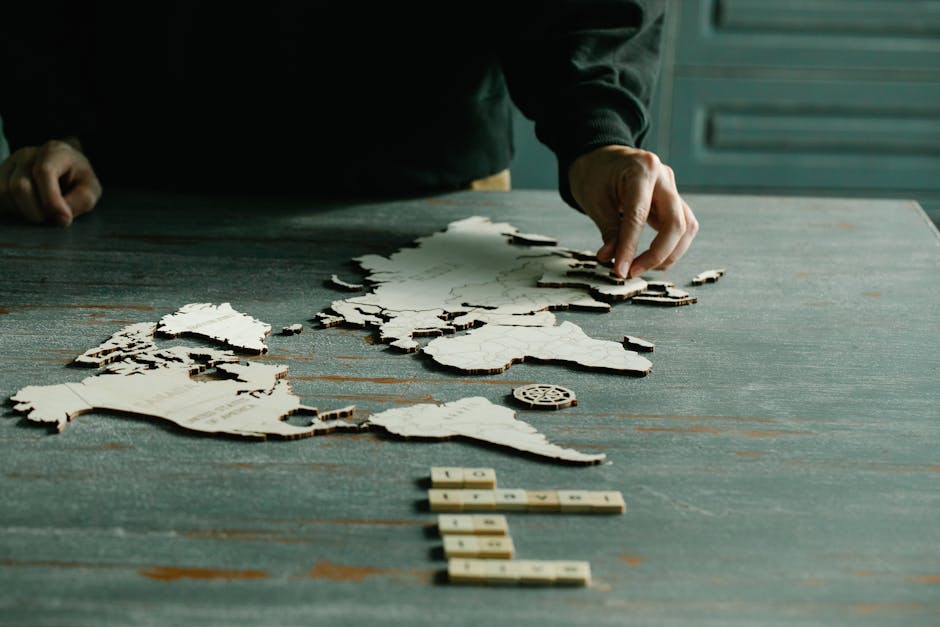Taylor Swift Songs in G Major: Powerful Simplicity
“Love Story,” like a majority of taylor swift songs in g major, leverages the key’s natural warmth and immediacy. G major rings open on every guitar—easy for beginners, but also a proven emotional palette:
Chord progressions: I–V–vi–IV (G–D–Em–C) cycles grant the song resonance, lift, and an optimistic throughline. Melodic economy: The melody is direct, rarely leaves the home range, and invites both singalongs and acoustic covers. Structural clarity: Each verse and chorus steps up in emotion, returning to the G major root for a sense of homecoming and closure.
“Love Story” as Romantic Narrative
Unlike love songs that wallow in ambiguity, “Love Story” is a disciplined romantic narrative:
Verse 1: Scene setting—balcony meetings, obstacle of parental disapproval (classic Romeo and Juliet framing). PreChorus: Rising emotional stakes—“I was begging you, please don’t go…” Chorus: Call to action—“It’s a love story, baby just say yes”—no passivity; the protagonists claim their ending. Verse 2/Bridge: Escalations (family resistance, risktaking), vulnerability, and appeal to mythic romance. Final chorus: Resolution—proposal, happy ending earned by persistence, not fate.
The melodic and harmonic discipline means every section of the song advances not just the romantic tension, but the promise of narrative payoff.
Why G Major Matters for the Romantic Narrative
In the tradition of taylor swift songs in g major:
Brightness supports lyrical hope—there’s little room for brooding. Ease of playing ensures every listener can become a performer—karaoke, campfire, wedding dance. Choral lift in key moments—especially at chorus, G major allows the melody to soar without strain.
Swift’s songwriting discipline uses G major to reinforce not just mood, but relatability.
Lyric Analysis
“Love Story” as romantic narrative is built line by line:
“We were both young when I first saw you…” Direct address, a classic call to first love and memory.
“See the lights, see the party, the ball gowns…” Swift conjures images with economy—each detail builds the world, frames tension.
“My daddy said stay away from Juliet…” Concrete conflict—parental opposition, an obstacle to be overcome.
“Romeo, take me somewhere we can be alone…” The emotional (and tonal) lift—call for agency, not just a plea for rescue.
Structure and Songwriting Lessons
All taylor swift songs in g major share lessons for aspiring songwriters:
Anchor every section with a melodic motif and clear, tight chord structure. Repeat the chorus, yes—but let each return bring more urgency or narrative shift. Use narrative clarity—build conflict, escalate, and resolve within three minutes.
“Love Story” and Its Legacy
The genius of “Love Story” isn’t just its status as a global hit. It’s the discipline—the careful construction of the romantic narrative, the harnessing of G major as both an emotional and social equalizer, and the lasting effect on Swift’s catalog.
The song launched Swift’s crossover from country sweetheart to pop juggernaut. Its core formula—romance, obstacle, agency, resolution—set the mold for later taylor swift songs in g major (“Enchanted,” “Sparks Fly”). “Love Story” is standard at weddings, in schools, and everywhere youthful, persistent hope is celebrated.
Why “Love Story” Works as a Romantic Narrative
- Familiar narrative—obstacles and agency, not just longing.
- Musical accessibility—G major’s open chords and melodic warmth let anyone participate.
- Structure—nothing wasted, every lyric another step in the emotional arc.
For Musicians, Fans, and Writers
Let harmonic discipline, especially the use of G major, support and strengthen your message. Borrow “Love Story’s” economy: no wasted lines, no ambiguous plot. Anchor every narrative (musical, literary, or otherwise) in clear stakes and earned reward.
Final Thoughts
“Love Story” by Taylor Swift is a romantic narrative with muscle: classic in feel, modern in structure, and precise in both story and harmony. In G major, as in most taylor swift songs in g major, discipline is the throughline—hope doesn’t stumble, it’s earned by repetition and melodic clarity. The song outlives trends, functioning as both template and touchstone for anyone aiming to craft love stories that last—on record, on stage, and in memory.





